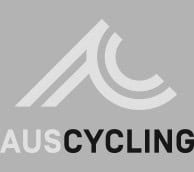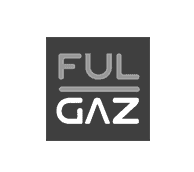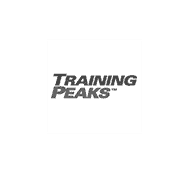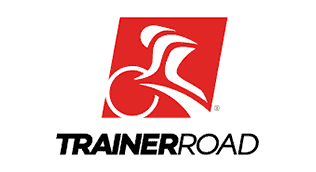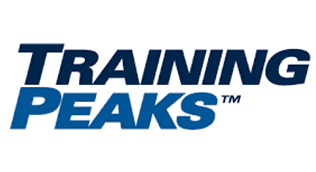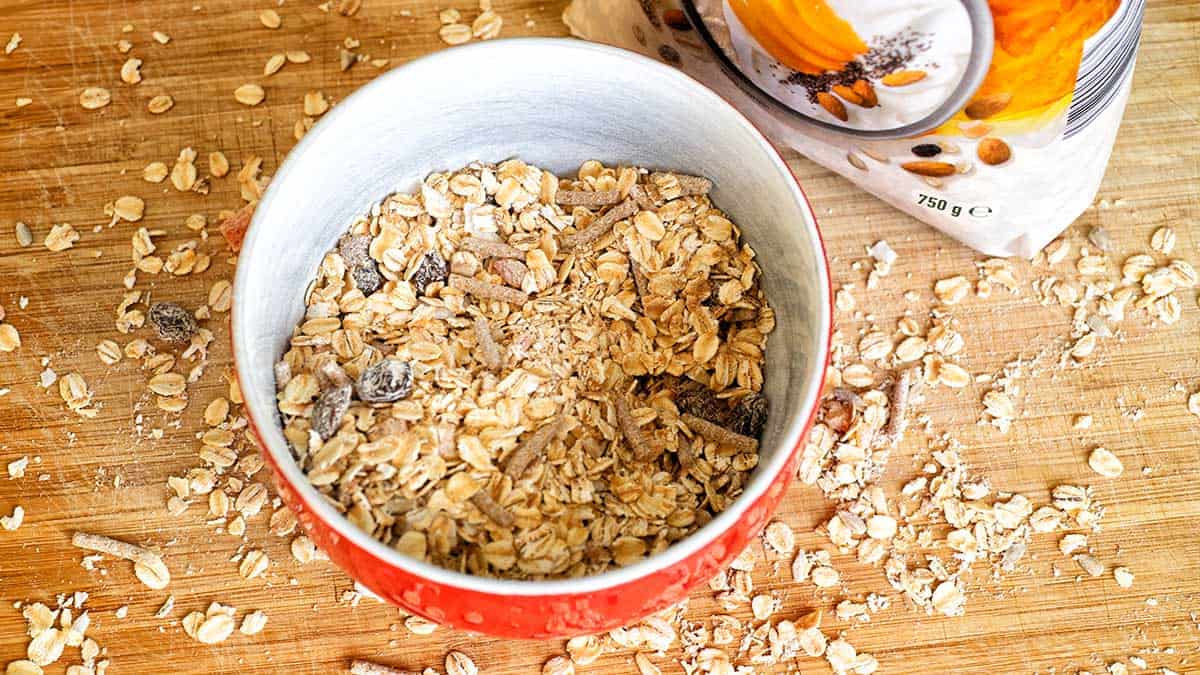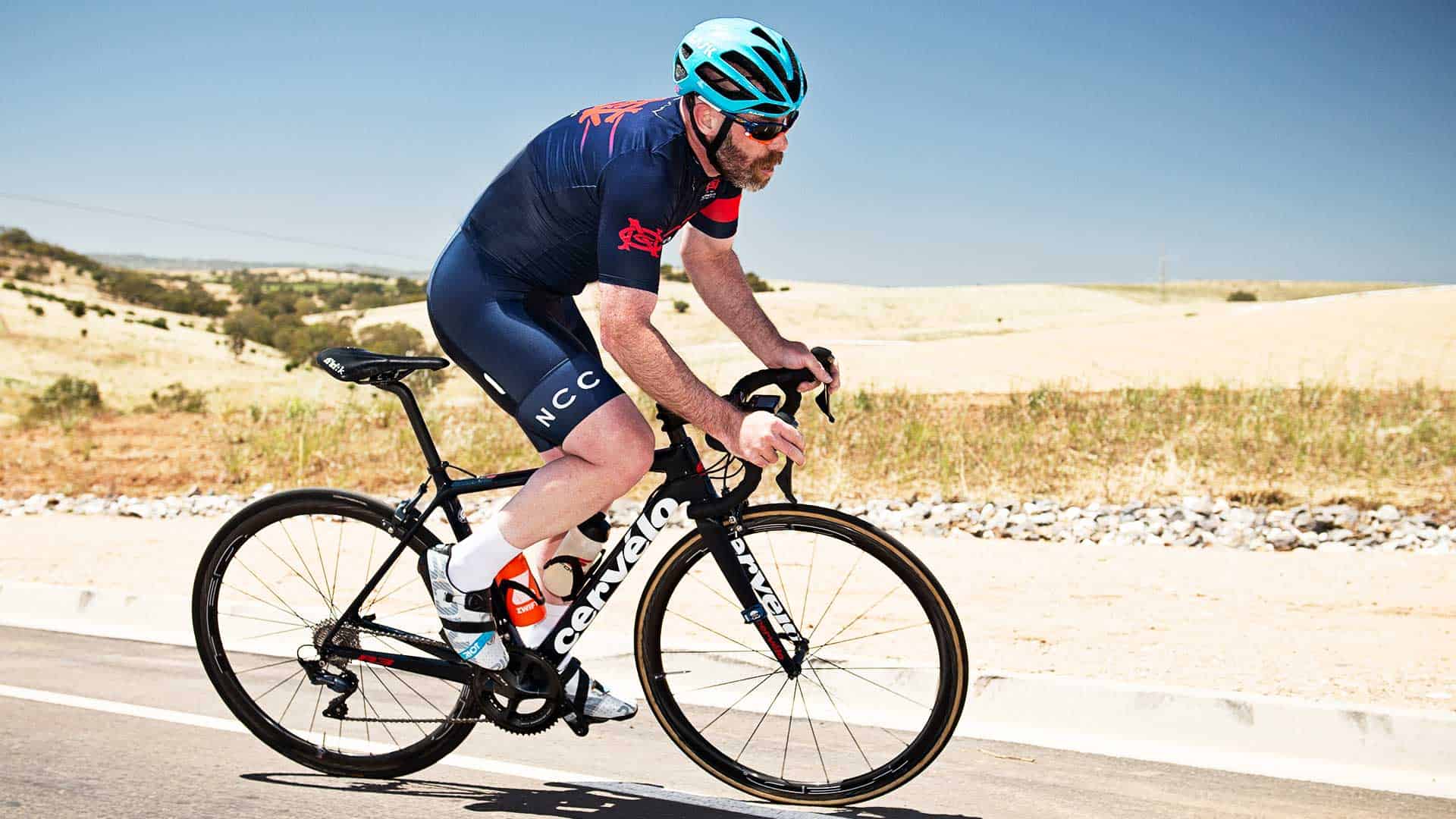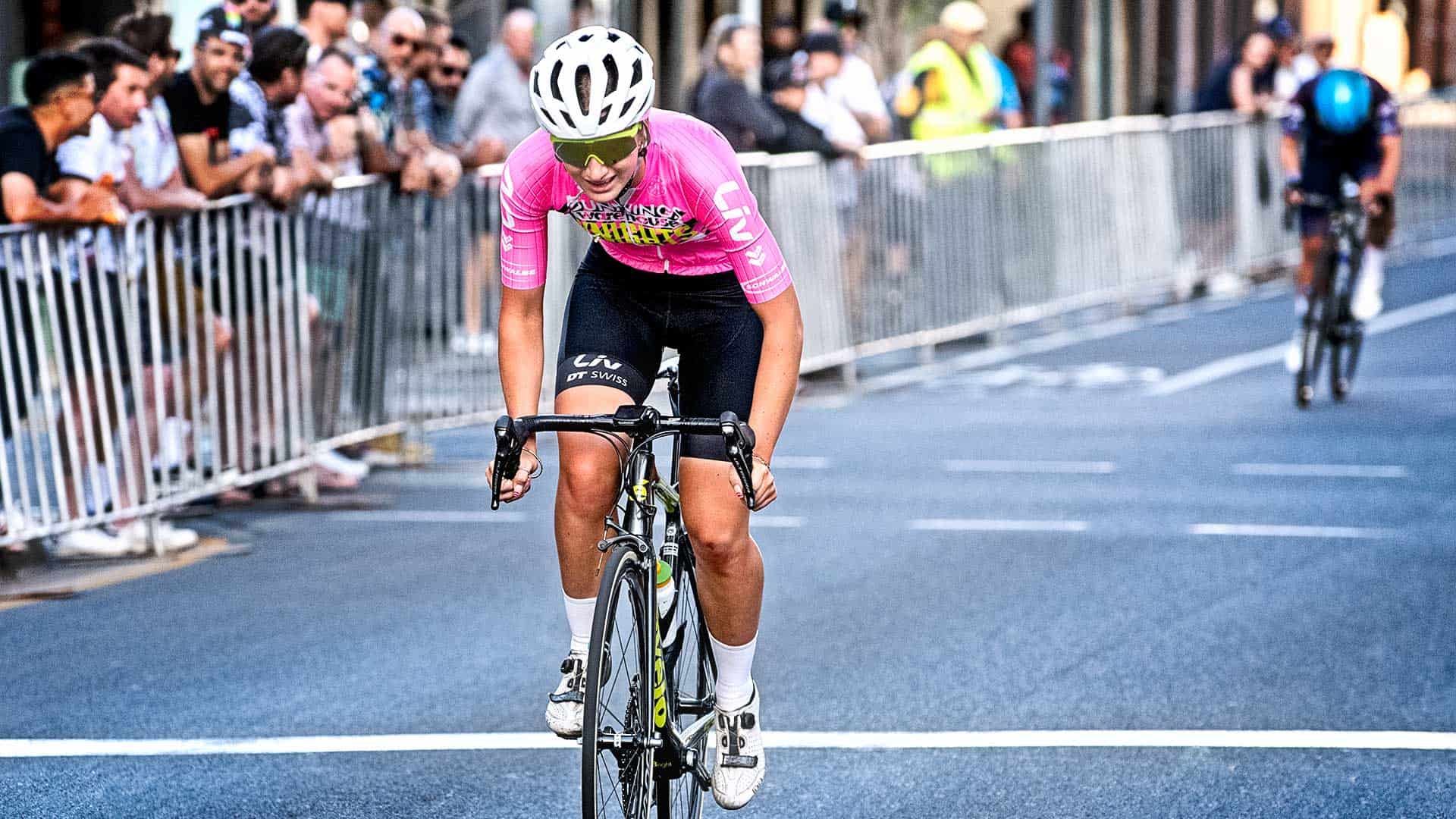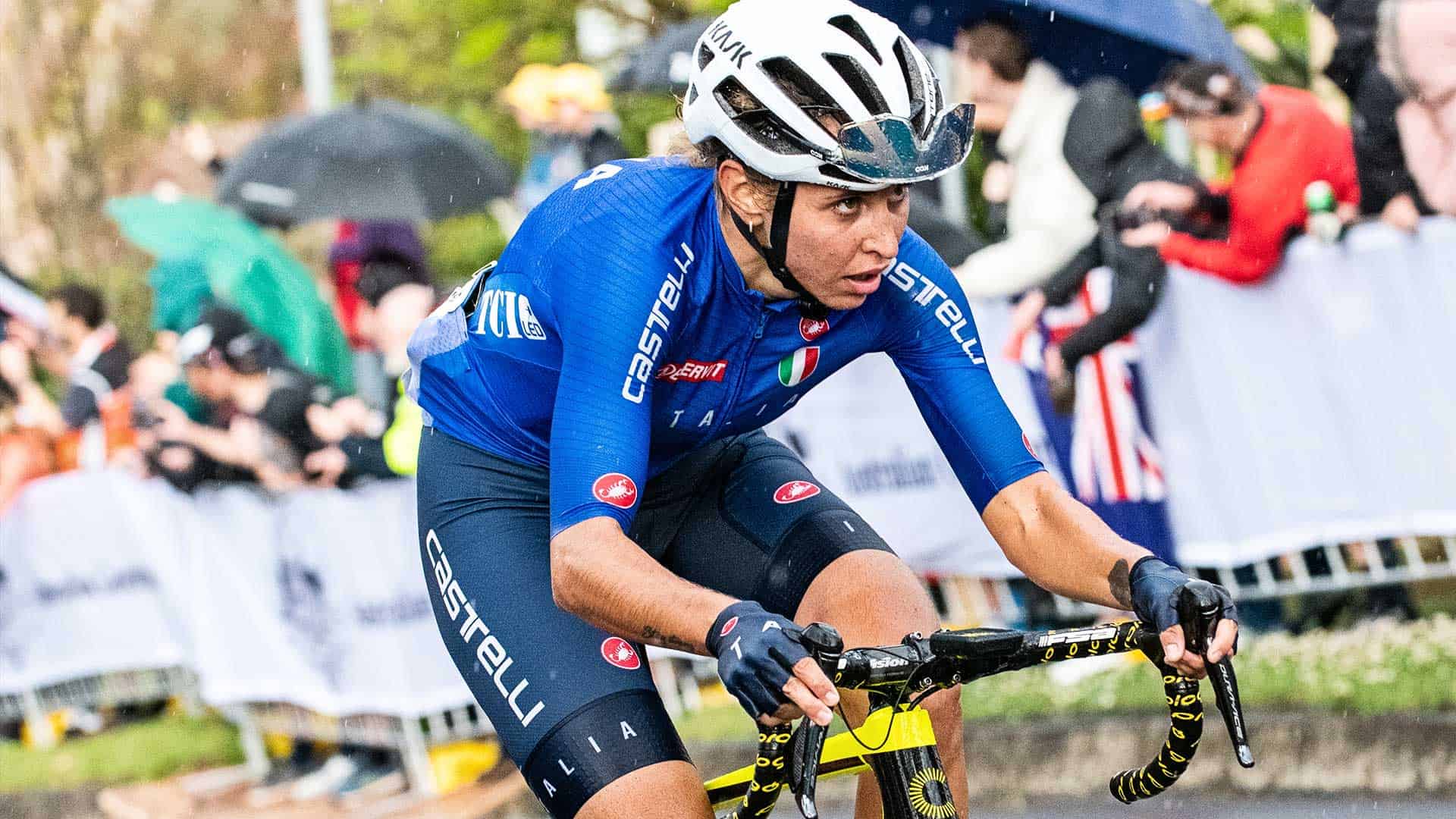Be fully prepared for and have the best ride
at your next major cycling race, event
or overseas tour without wasting a heap
of time on ineffective training.
Specialist in Cycle Coaching for Over 35’s Since 2007.
Get leaner, fitter, and faster with
personalised coaching and training plans.
Calling all serious cyclists preparing for their next major racing event, Gran Fondo or overseas cycling tour.
Maximise Your Performance: Unlock Your Cycling Potential.
Get leaner, fitter and faster sooner, post more PB’s, and be fully prepared for and have the best ride at your next event without wasting a heap of time on ineffective training.
Calling all serious cyclists preparing for their best ride at their next major racing event, Gran Fondo or overseas cycling tour.
Maximise Your Performance: Unlock Your Cycling Potential.
Here’s your invite to get trimmer, fitter and faster sooner, post more PB’s, and be fully prepared for and have the best ride at your next event without wasting a heap of time on ineffective training.

ORGANISATIONS THAT CYCLING-INFORM HAS WORKED WITH
OUR TRAINING WORKS WITH
RECENT CYCLING TRAINING POSTS
THE AUSTRALIAN ONLINE CYCLE COACHING COMPANY
THAT’S TRANSFORMING CYCLISTS FROM ALL AROUND THE WORLD
CYCLING-INFORM COACHING RESULTS
I have been working on the sub 10hr Peaks Challenge program. Over the weekend I did the Cadel Evans Peoples ride which while it does not have a huge amount of climbing, is a challenging course with some nasty pinches and rolling hills. I managed to increase my avg speed by about 4kph on last year, and was dropping the rest of the group on the climbs. Feeling much more confident for PCFC now.
My bike riding has improved and I am a lot more confident climbing and more endurance generally. My cycling has improved in all areas.
Now six weeks into the Leaner Cyclist program and I am beyond pleased with the results! I have now dropped 9kgs. I am on track for another 5kg ahead of the Convict 100. Stoked! My blood pressure is now an ideal 112/73 with a resting HR of 42-46. I am getting much stronger on the bike and have recently posted PRs on several local hill climb segments without really going for them. I am now able to keep up with my fitter riding buddies on both short and longer rides. Out of the saddle, climbing is becoming fun again. With such big changes over such a short amount of time I am feeling supercharged! Onward and upward!!!
Hi David, Just watched your hill climbing video and learned why I have aching muscles, because of your “easy” 084 climbing training programs! Appears I had not been engaging my gluteus or locking my core previously so now those muscles are really sore and aching (thus improving). Feel like Karate Kid wondering why I was painting the fence “why am I doing these easy training sessions” ha, now know why. Onwards and upwards. Tony.
This past Saturday I went out to do a somewhat significant climbing. I had done this ride a few times in prep for the Death Ride this past July. However, after five weeks of doing (most) of your training program, the results were much better. In addition to the quicker time, I felt great during the entire ride!
I can say that through your sessions and coaching, you have helped me tremendously so much so that my colleagues say I’m doping! Self-praise is not good, but with your coaching and doing half the amount of training with my club, I race with them with ease and drop them on climbs like Froome!!
Did Izoard (both sides) and Agnel yesterday. Insane ride! But finished strong.
Hi David, Phil and I completed the Haute Route Pyrenees today. Your training plans were vital in my preparation- thanks !!!


